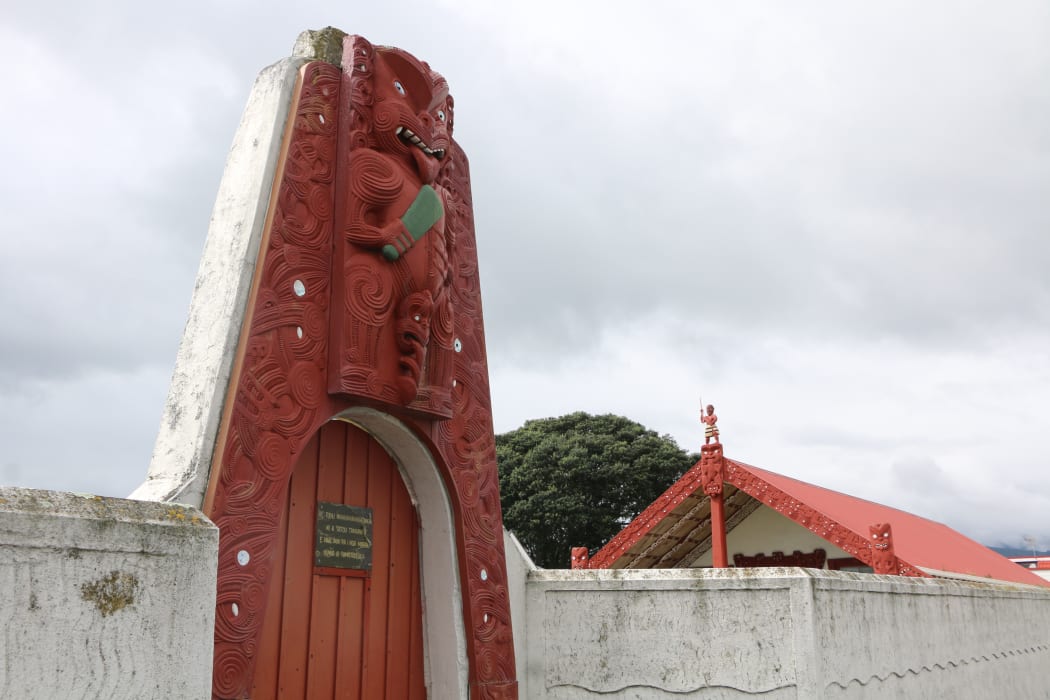-
Ngā Karere me Ngā Rauemi
News and Resources
Ngā Karere me Ngā Rauemi
News and Resources
-
Te Rangaihi Reo Māori
The Movement
Te Rangaihi Reo Māori
The Movement
-
Te Pae Kōrero
Our Community
Te Pae Kōrero
Our Community
-
Huihuinga
Events
Huihuinga
Events
-
Ngā Ara Ako
Learning Pathways
Ngā Ara Ako
Learning Pathways
-
SearchSearch
Search
Search

The "thriving" reo in Ōtaki is all thanks to the four kōhanga reo, two kura kaupapa and wānanga in the tāone, Tumuaki o Te Wānanga o Raukawa, Mereana Selby said.
The local iwi - Ngāti Toa, Ngāti Raukawa and Te Atiawa - were almost "language dead", with no one under the age of 30 able to speak te reo in 1975.
Ms Selby said this was the catalyst for the three iwi to set up Te Wānanga o Raukawa, and in the 45 years since, they have completely turned those statistics around, with 50 per cent of the local population now speaking te reo Māori.
"We've still got a lot to do but the momentum is with us because the bulk of our speakers are in the younger generations, probably you would say, the under 40s or even the under 35s is where most of our speakers are, so that's exciting for us because we're now creating an intergenerational dynamic of speakers which was what was needed in order for the language to survive.
"You can walk around Ōtaki and you can ka tū kake koe i te reo Māori wherever you go, and it's not a big deal, and nobody gasps and stops in their track or anything like that. The language is alive in and around the community, on the sportsfield, in various cultural groups, on the main street, in the supermarket, in the butchershop - the language can be heard."
Te Whanganui-a-Tara | Wellington | Kapiti Coast | 2010-19 | Story is by tangata whenua
















Comments